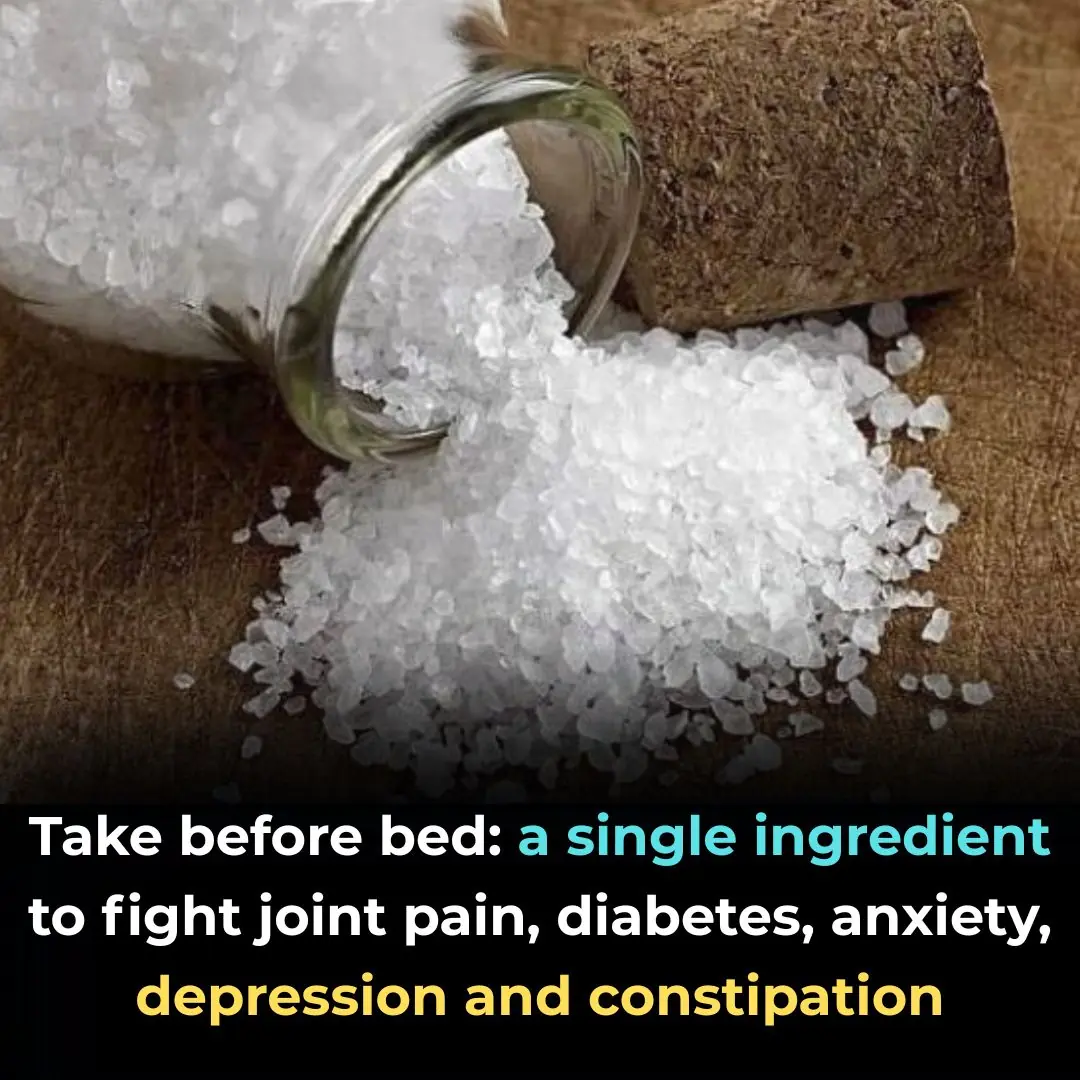
Eliminate Excess Water and Prevent Hand and Foot Swelling with These Effective Recipes
Understanding Water Retention: Causes, Symptoms, and Natural Ways to Find Relief
Water retention, medically known as edema, happens when excess fluid builds up in the body’s tissues. This often leads to noticeable swelling — particularly in the hands, feet, ankles, and legs. While occasional bloating or puffiness is common and usually harmless, persistent or severe water retention may signal an underlying health issue that deserves attention.
Why Does the Body Retain Water?
The body holds on to extra water for a variety of reasons. Some are temporary and lifestyle-related, while others may be linked to health conditions.
Common causes include:
-
High Sodium Intake: Eating salty foods disrupts the body’s natural fluid balance, causing the body to retain water to dilute excess sodium.
-
Hormonal Fluctuations: Hormonal shifts during the menstrual cycle, pregnancy, or menopause can all trigger water retention.
-
Medications: Certain drugs — such as corticosteroids, birth control pills, or blood pressure medications — can lead to swelling.
-
Lack of Movement: Sitting or standing for long periods reduces circulation and causes fluids to pool in the legs and feet.
-
Health Conditions: Issues involving the heart, kidneys, or liver may interfere with the body’s ability to remove excess fluid efficiently.
Identifying what’s behind your water retention is key to treating it effectively — and preventing it from returning.
Recognizing the Symptoms
Water retention can appear subtly at first, but paying attention to small changes can help you catch it early.
Common signs of edema in hands and feet include:
-
Noticeable puffiness or swelling, especially around the ankles or fingers.
-
A tight, heavy feeling in the affected area.
-
Shiny, stretched skin that feels tender to the touch.
-
In more severe cases, pressing the skin may leave a temporary indentation or “pit.”
If swelling becomes painful or persistent, it’s best to seek medical advice to rule out other causes.
Hydration: The Surprising Secret to Reducing Swelling
It might seem counterintuitive, but drinking more water is actually one of the best ways to prevent water retention. When you’re dehydrated, the body goes into conservation mode — holding on to every drop it can.
By staying consistently hydrated, you support healthy kidney function, allowing your body to flush out excess sodium and toxins naturally. Aim for 6–8 glasses of water per day, or more if you’re active or live in a hot climate.
Smart Dietary Strategies to Minimize Water Retention
Small dietary adjustments can make a big difference in keeping fluid levels balanced:
-
Cut Down on Sodium: Limit processed and packaged foods, which are often loaded with hidden salt.
-
Boost Potassium Intake: Foods like bananas, avocados, spinach, and sweet potatoes help counteract sodium and regulate fluid levels.
-
Avoid Junk Food: Highly processed snacks contain additives and preservatives that encourage bloating.
-
Focus on Whole Foods: Fresh fruits, vegetables, lean proteins, and healthy fats support natural detoxification.
Natural Foods and Drinks That Help Flush Out Excess Fluid
Certain foods and beverages have natural diuretic properties, helping your body shed excess water more effectively:
-
Hydrating Foods: Cucumbers, watermelon, celery, oranges, and berries.
-
Herbal Teas: Green tea, dandelion tea, and parsley tea gently promote urine production and detoxification.
-
DIY Diuretic Drink: Blend 1 cup watermelon, ½ cucumber, ½ cup cranberry juice, and the juice of 1 lemon for a refreshing, cleansing beverage.
Home Remedies to Ease Swelling Naturally
-
Epsom Salt Soak
Add ½ cup of Epsom salt to a basin of warm water and soak your hands or feet for 15–20 minutes. The magnesium sulfate in Epsom salt helps draw out trapped fluids and reduce inflammation. -
Anti-Inflammatory Smoothie
Blend 1 cup kale, 1 cup pineapple, ½ cucumber, 1 tablespoon chia seeds, juice of ½ lemon, and 1 cup coconut water. This vitamin-rich smoothie fights inflammation and hydrates your body from the inside out. -
Detox Vegetable Soup
Combine low-sodium broth with celery, carrots, spinach, onions, garlic, and parsley. This light, nourishing soup supports digestion and helps flush out toxins while keeping you hydrated.
Lifestyle Habits That Keep Fluid Levels in Check
Making small daily adjustments can go a long way in preventing fluid buildup:
-
Exercise Regularly: Movement boosts circulation and prevents fluids from pooling.
-
Elevate Your Legs: Resting your feet above heart level helps reduce swelling.
-
Wear Compression Socks: They promote better blood flow in your lower legs.
-
Manage Stress: Chronic stress can upset hormone balance, affecting fluid retention.
-
Get Enough Sleep: Proper rest helps the body regulate hormones and maintain equilibrium.
Finding Your Balance
Water retention isn’t just about temporary swelling — it’s your body’s way of signaling an imbalance. Understanding the triggers, making mindful food choices, and staying hydrated can help you maintain optimal fluid balance and overall vitality.
By pairing smart lifestyle habits with natural remedies, you can reduce discomfort, support healthy circulation, and feel lighter and more energized every day.
News in the same category

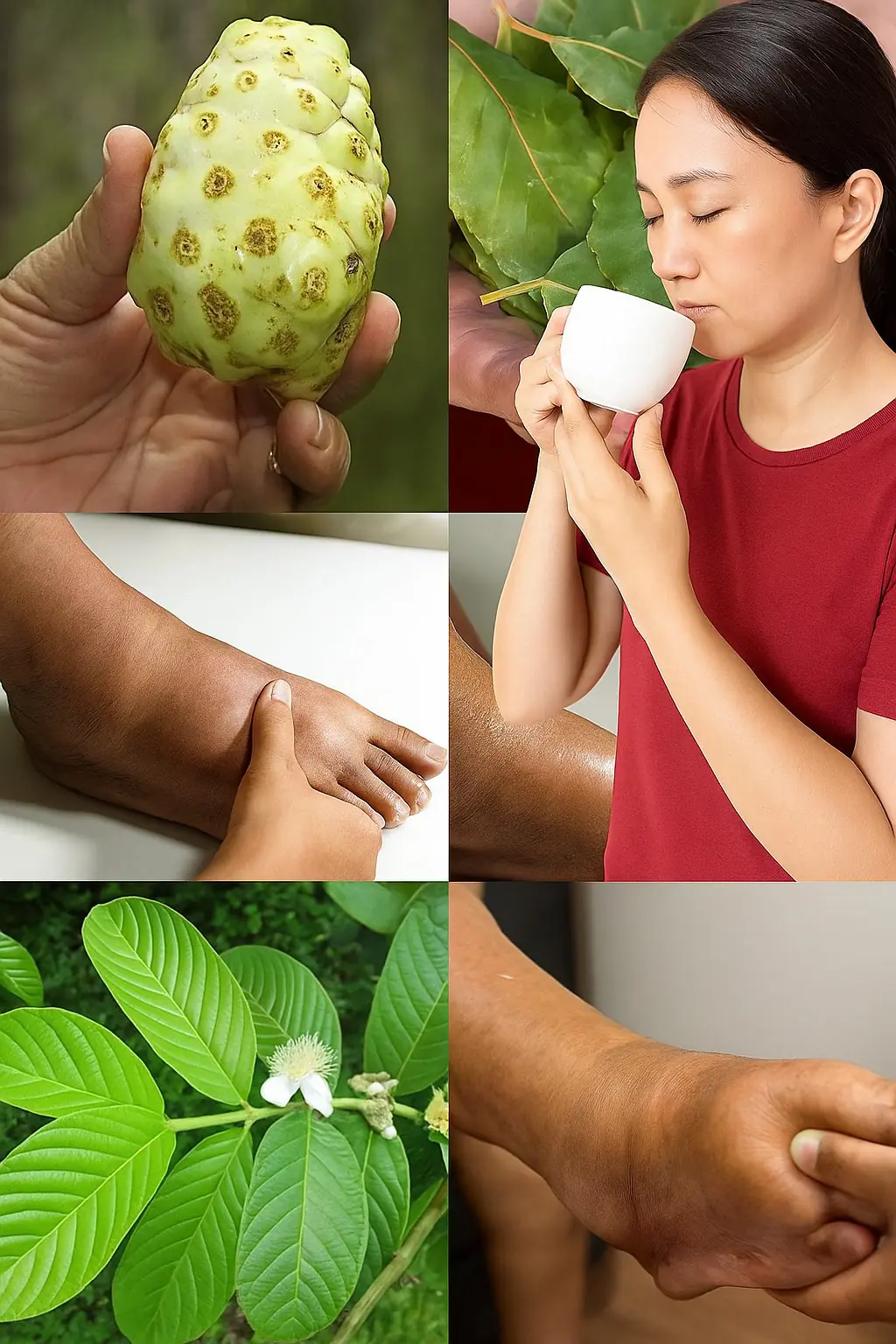
The Ultimate Healing Tonic: A Powerful Natural Drink for Swollen Feet, Diabetes & Poor Circulation

If you suffer from arthritis pain and joint aches, here's what you should know

Reverse diabetes and insulin resistance fast—4 hacks doctors don’t tell you!

4 powerful remedies to eliminate parasites—#2 will surprise you!
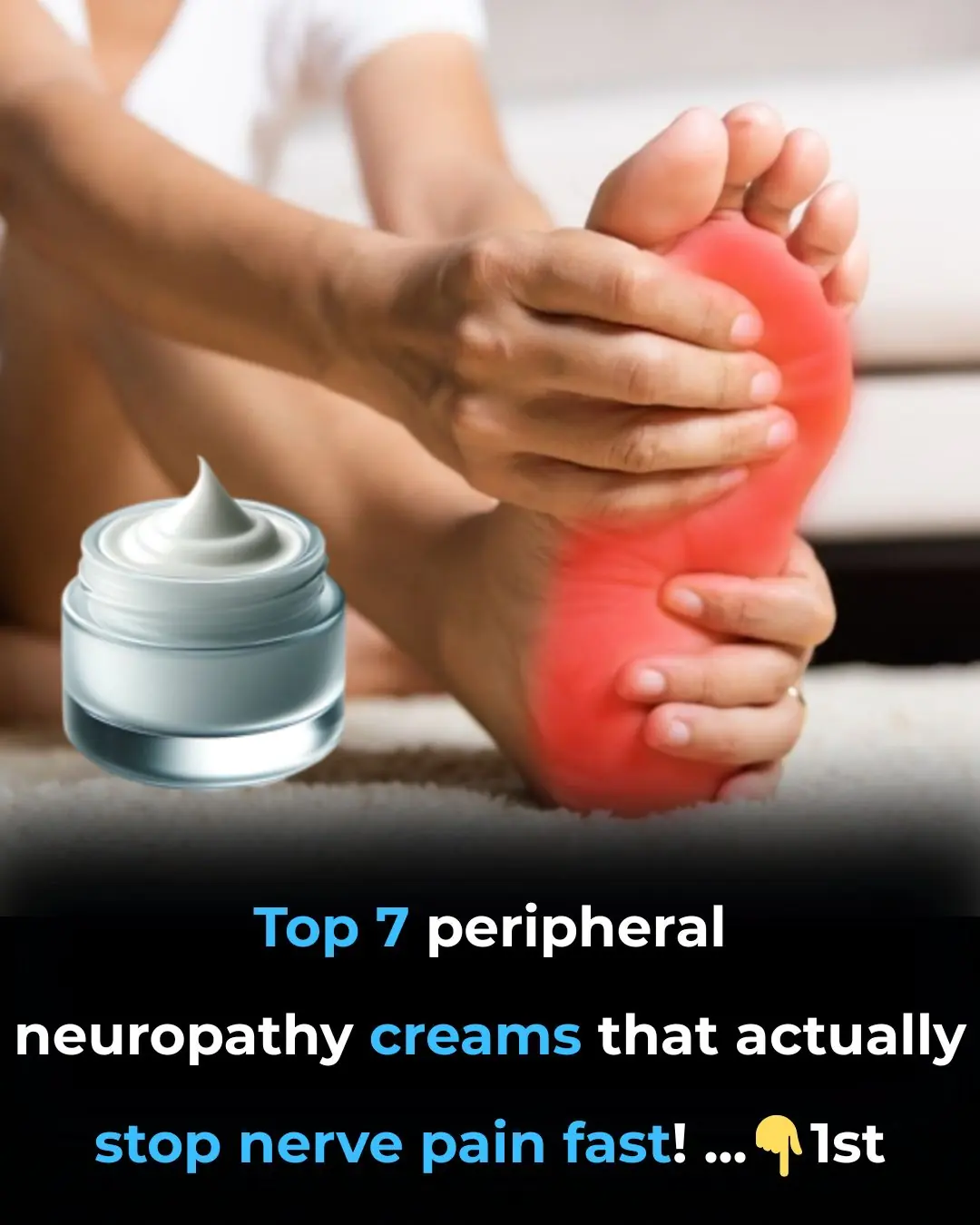
Top 7 peripheral neuropathy creams that actually STOP nerve pain fast!

The Real Health Benefits of Papaya Seeds: A Tiny Powerhouse Worth Trying

15 Things That Women Will Always Notice About A Man Over 50

Marathon Runner Diagnosed With Terminal Cancer Warns Against Ignoring Small Symptoms
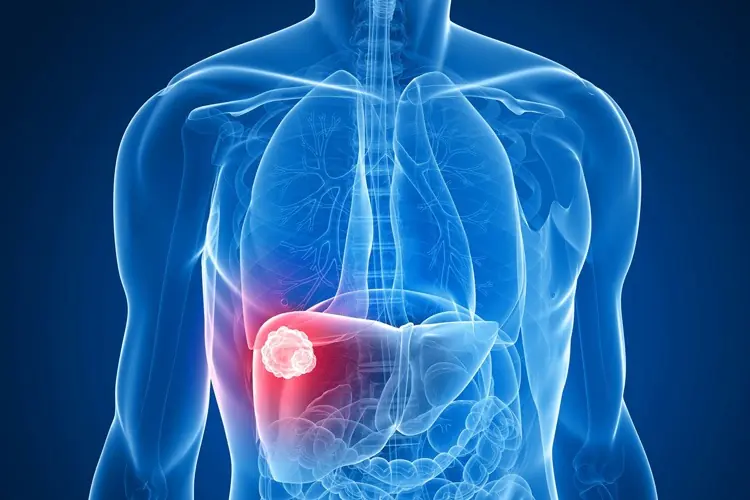
PANCREATIC CANCER NEEDS CATCHING EARLY. THE SIGNS AND SYMPTOMS TO LOOK OUT FOR
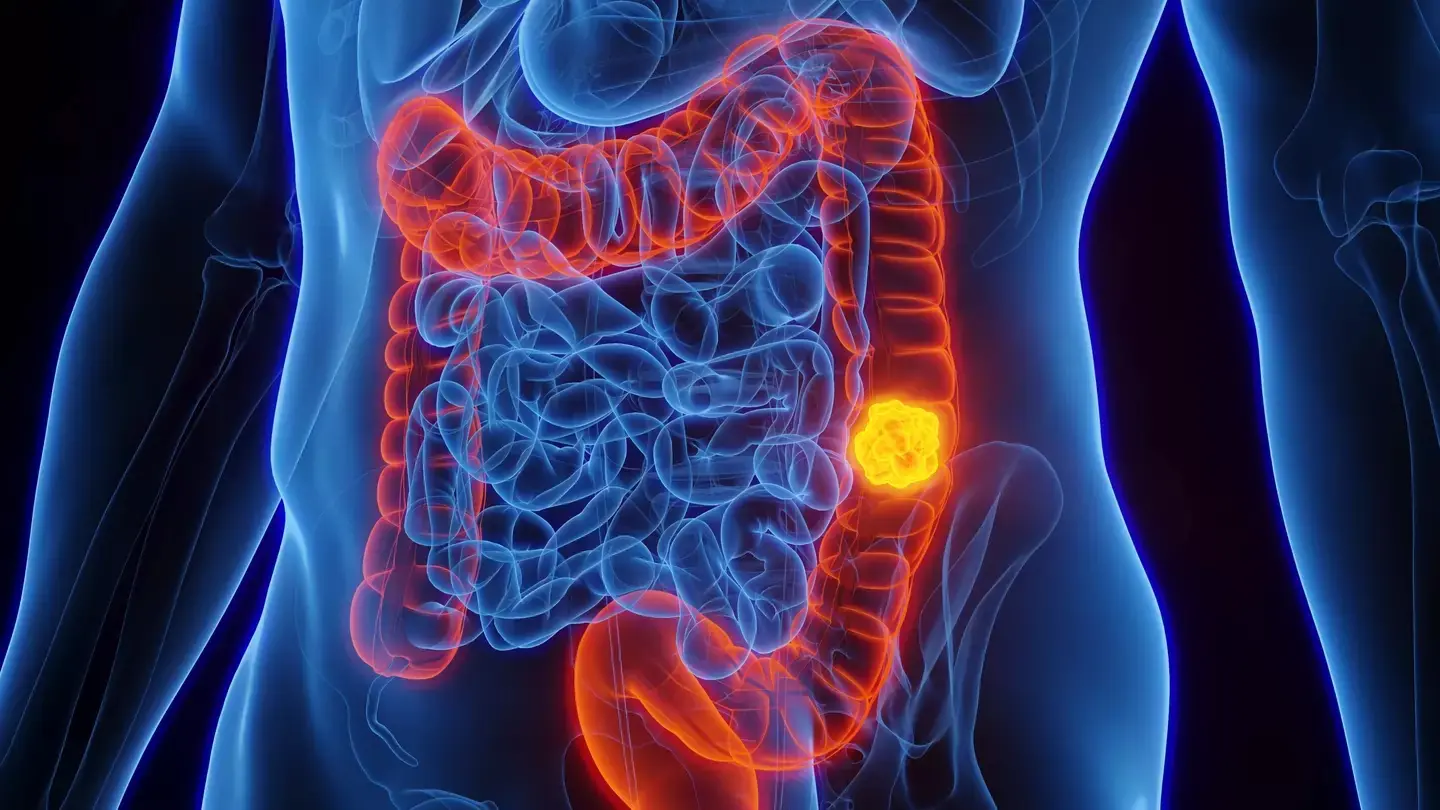
Woman diagnosed with stage four colon cancer warns people about 5 symptoms she ignored
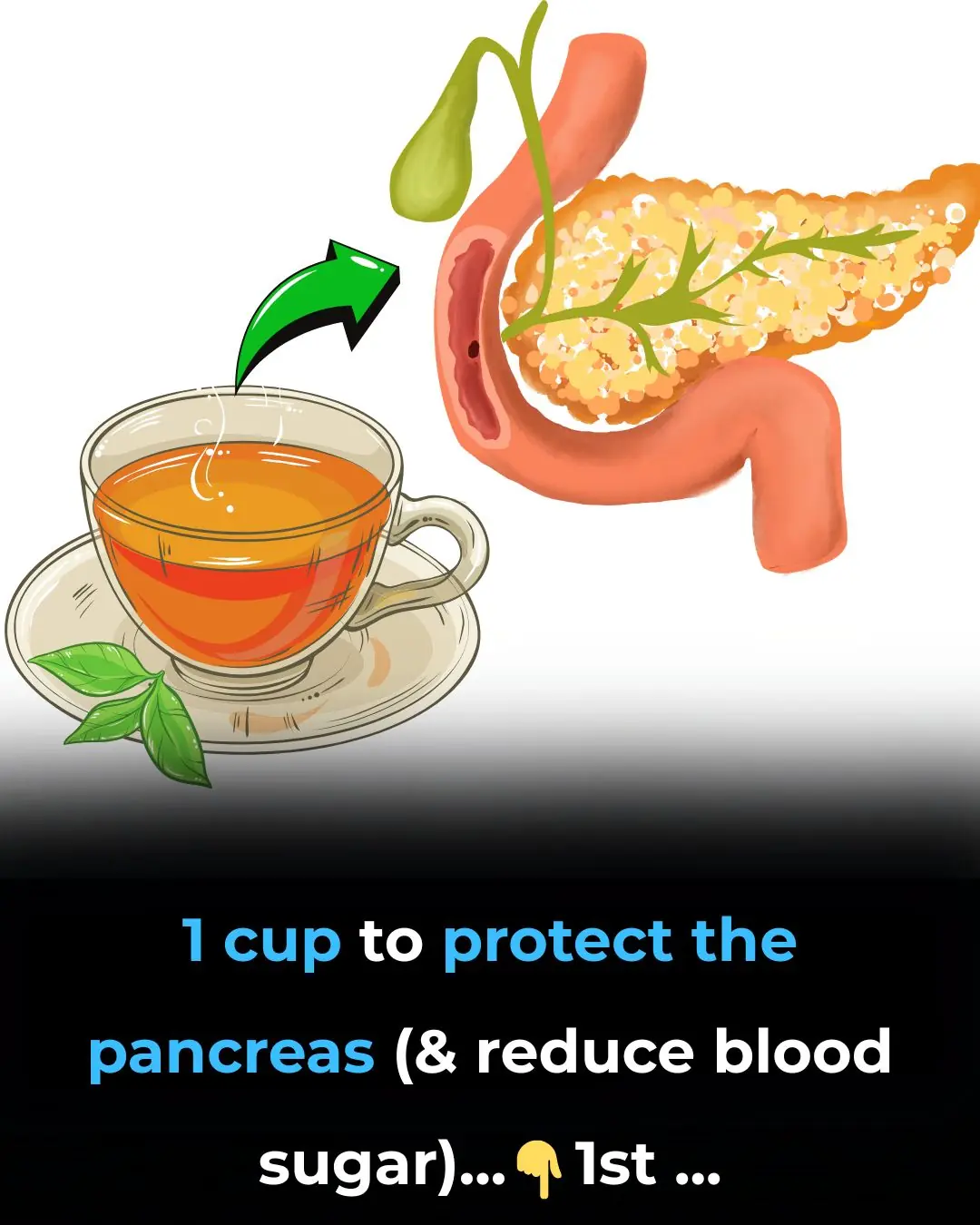
1 cup to protect the pancreas (and reduce blood sugar)

MARATHON RUNNER DIAGNOSED WITH TERMINAL CANCER URGES PEOPLE NOT TO DISMISS SMALL SYMPTOM HE EXPERIENCED
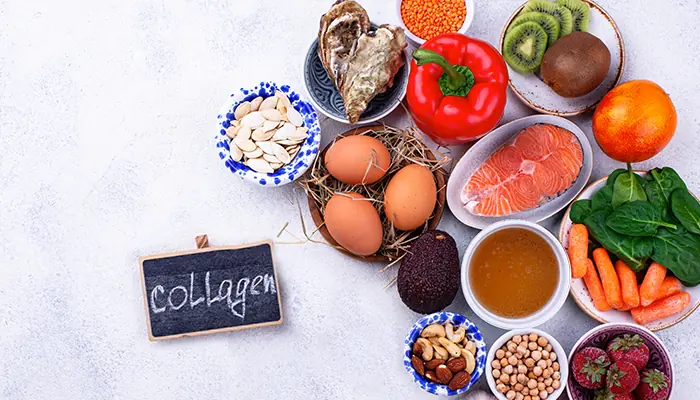
4 Powerful Foods That Naturally Boost Collagen and Repair Your Body from Within

Ugh, these so annoying
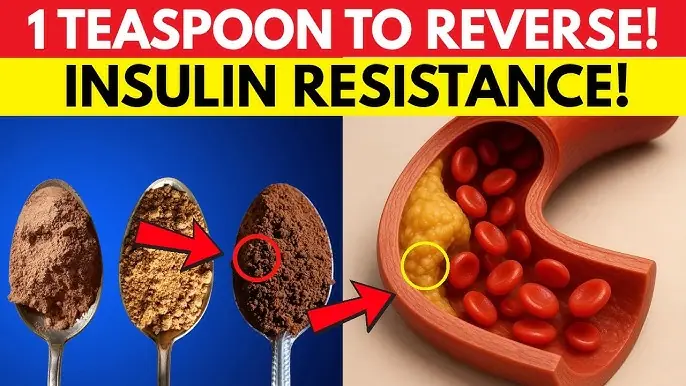
1 Teaspoon in Your Morning Coffee Could Stop Insulin Resistance Within Minutes

7 silent signs your heart could be in trouble – don’t ignore these!

Thyme Essential Oil Shows Promise in Killing Lung, Oral, and Ovarian Cancer Cells

7 Warning Signs of a Heart Attack You Should Never Ignore
News Post

Rock Star’s Family Devastated As Common Symptom Leads To ER Visit And Aggressive Cancer Diagnosis

Tammy Slaton Shocks Fans With Stunning Weight Loss Photos—Inside Her Transformation

Doctors Feared Baby Had a Mouth Tumor—But the Real Cause Left Everyone Stunned

31-Year-Old Father Warns Others After Subtle Symptoms Lead to Colon Cancer Diagnosis

35-Year-Old Man Dubbed the “Modern Dorian Gray” Reveals His Unusual Secrets for Staying Youthful

7-Eleven Manager Allegedly Suffocates Employee During Shift—Victim Dies Days Later

Take This Before Bed — and Wake Up Transformed

The Ultimate Healing Tonic: A Powerful Natural Drink for Swollen Feet, Diabetes & Poor Circulation

Stop This Dangerous Habit Before Your Phone Explodes!

Women Who Age Quickly & Have Shorter Lifespans Often Do These 4 Things at Night — How Many Are You Guilty Of?

Eating Fish “for Ultimate Strength” — 30-Year-Old Woman Diagnosed with Premature Ovarian Failure, Body Full of Mercury

42-Year-Old Man Dies of Stroke Despite No Smoking or Alcohol — Doctor Warns: “How Dare You Eat This Every Day!”

“Doctor warns: 3 beauty habits you might think are harmless — but that could speed up cancer development!”

Boil Perilla Leaves with a Few Stalks of Lemongrass — Your Body Gets These 7 Excellent Benefits

Everyone Fears Diabetes — But Diabetes “Fears” These 5 Foods the Most

Objects That May Be Harming Your Health Without You Noticing
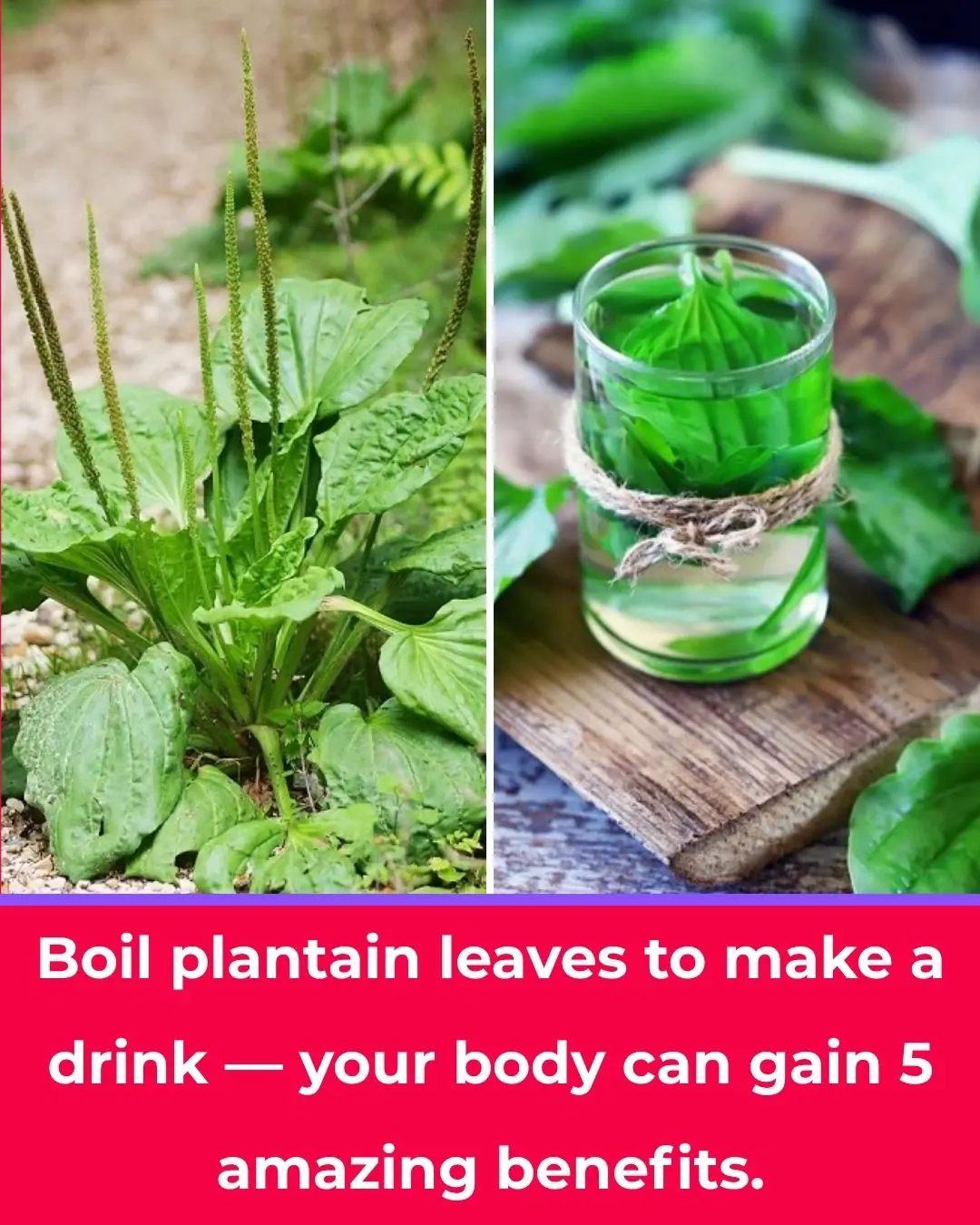
Drinking Plantain Leaf Tea: 5 Powerful Health Benefits for Your Body
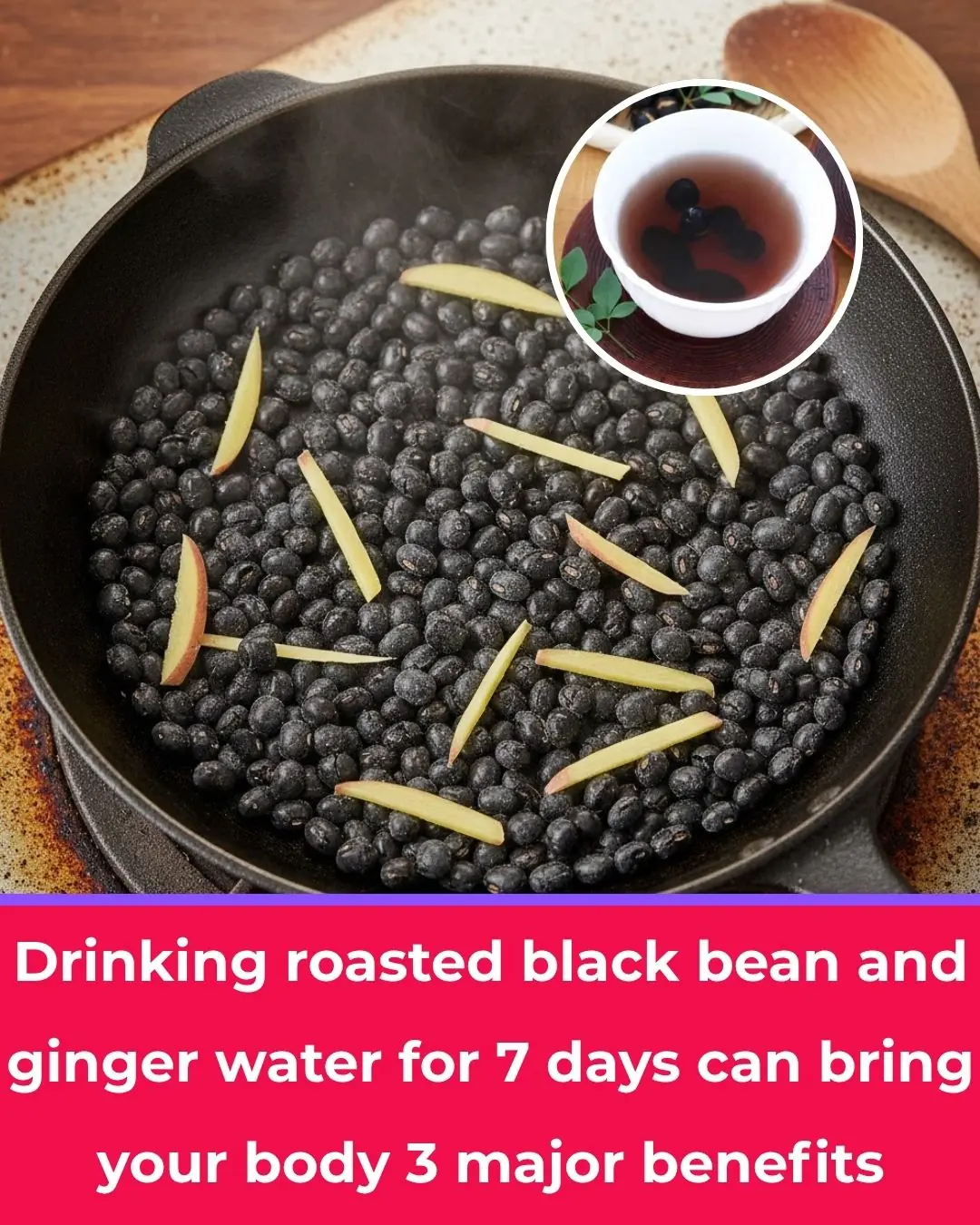
Drink Roasted Black Bean and Ginger Tea for 7 Days — Your Body Will Thank You with 3 Amazing Benefits
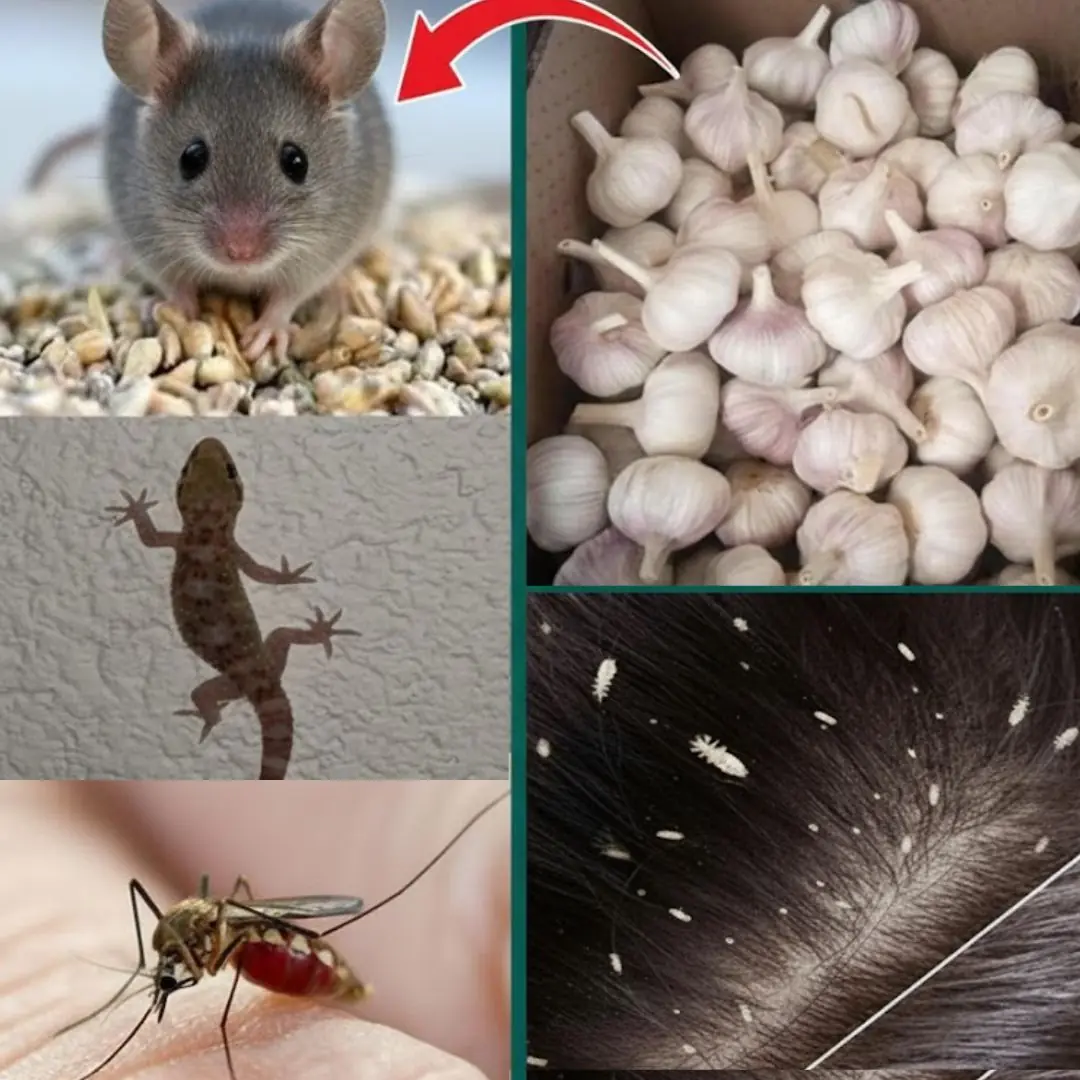
Garlic: The Natural Weapon Against Pests You Probably Forgot About
